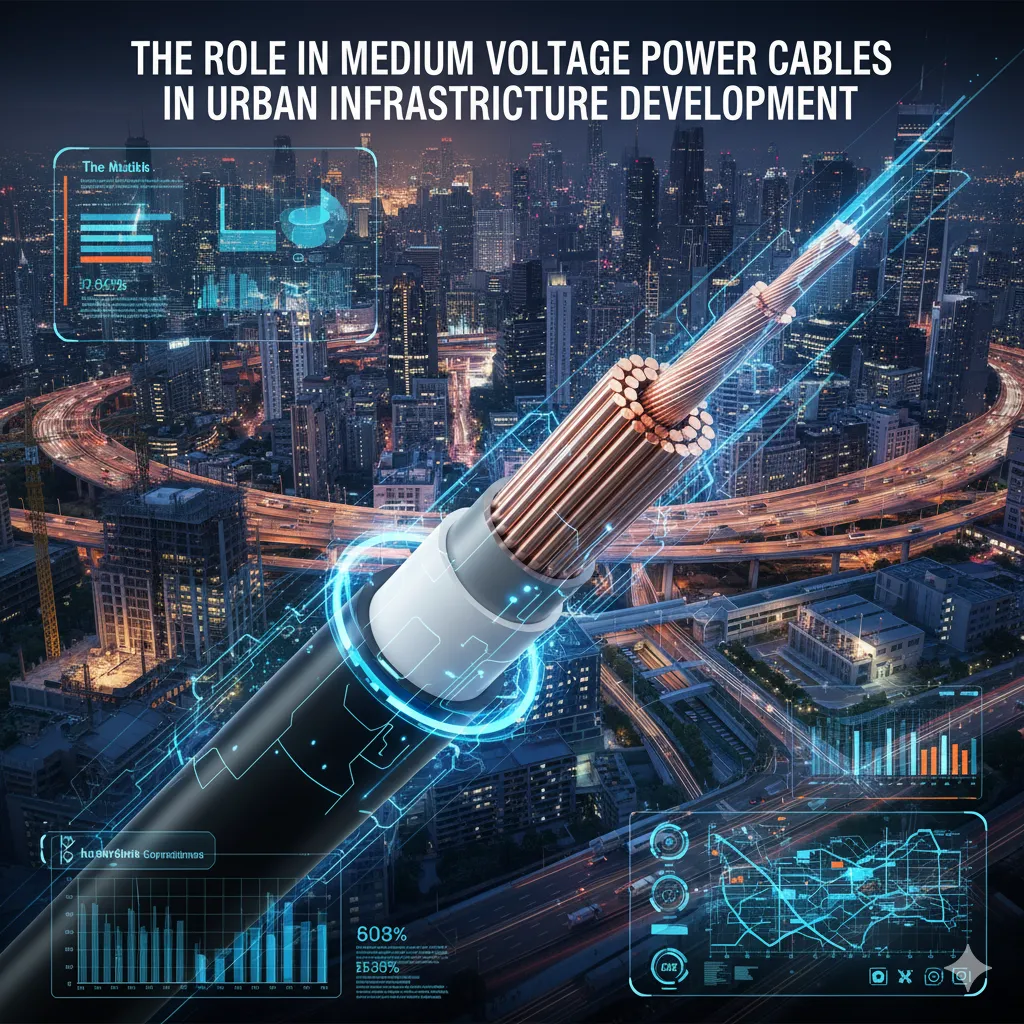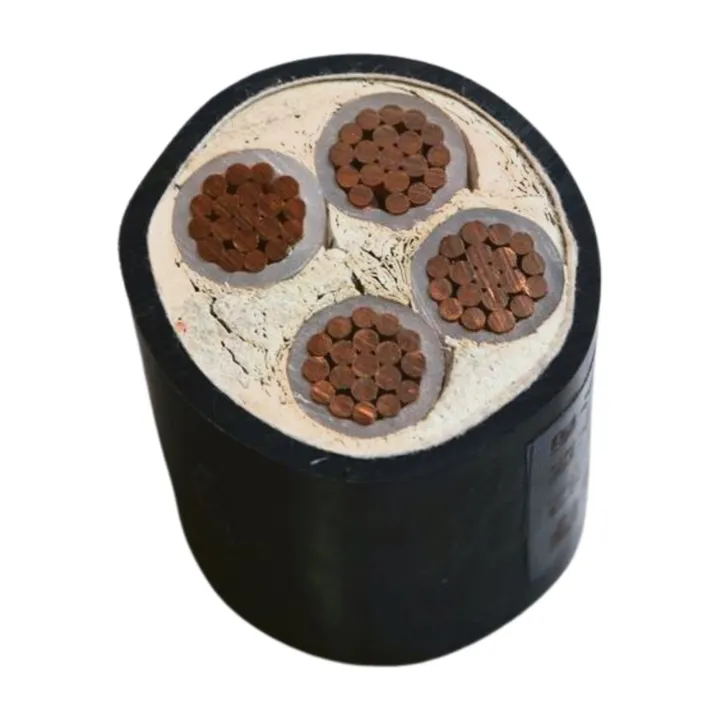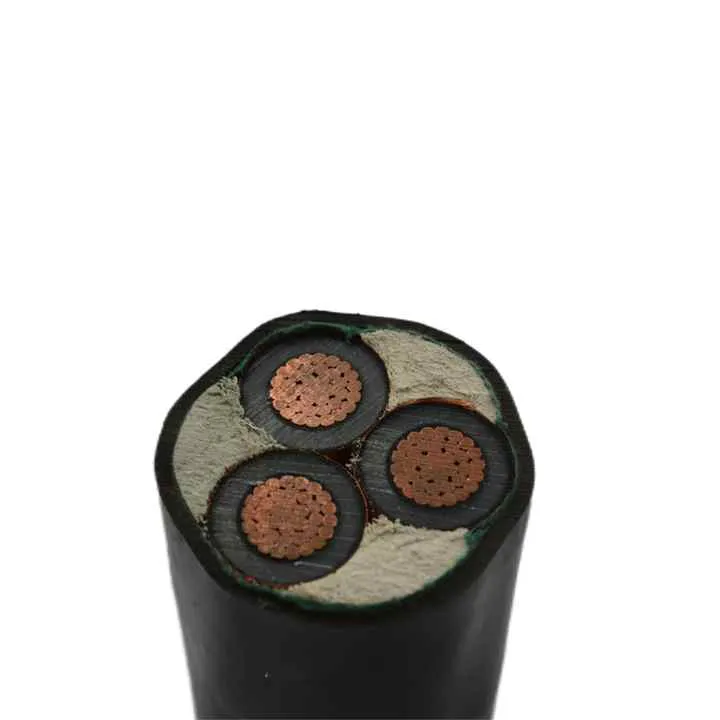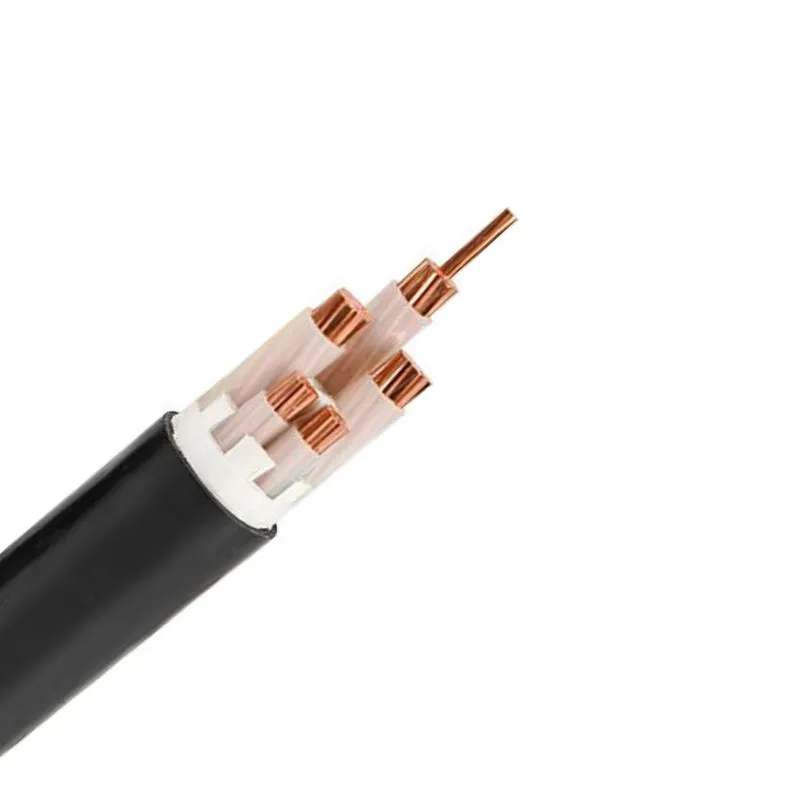The Role of Medium Voltage Power Cables in Urban Infrastructure Development
Time: 2025-10-22 08:28:30
Source: Henan Province Jianyun Cable Co., Ltd.
Medium voltage (MV) power cables, rated from 6 kV to 35 kV per IEC 60038, are critical components in urban infrastructure, enabling reliable and efficient electricity distribution to support growing cities. As urbanization accelerates globally, MV cables facilitate power delivery for residential, commercial, and industrial applications while supporting smart city initiatives and sustainability goals. This guide examines the role of MV cables in urban infrastructure development, their key features, applications, and future trends, with references to products from Henan Province Jianyun Cable Co., Ltd., presented in a formal and structured manner as of October 22, 2025.

1. Overview of MV Cables in Urban Infrastructure
Urban infrastructure development requires robust power distribution systems to meet the rising electricity demands of densely populated areas. MV power cables, operating at voltages from 6/10 kV to 18/30 kV, serve as the backbone for distributing electricity from substations to end-users in cities. With the global MV cable market projected to grow from USD 33.46 billion in 2024 to USD 76.31 billion by 2032 at a CAGR of 7.81%, urban infrastructure projects are a key driver. Jianyun Cable provides TUV- and CCC-certified MV cables tailored for urban applications, ensuring reliability and compliance with IEC 60502-2.
2. Key Roles of MV Cables in Urban Development
MV cables play essential roles in urban infrastructure:
-
Efficient Power Distribution: Transmit electricity from substations to commercial and residential areas with minimal losses (e.g., voltage drop <1.5% over 1 km).
-
Support for Smart Cities: Enable smart grid integration with real-time monitoring and bidirectional power flow for renewable energy sources.
-
Underground Installation: Reduce visual clutter and enhance reliability in urban settings compared to overhead lines.
-
Safety and Resilience: Incorporate flame-retardant and low smoke zero halogen (LSZH) properties per IEC 60332-3 and IEC 60754-1 for public safety.
-
Scalability: Support expanding urban grids, accommodating new developments and population growth.
-
Example: Jianyun Cable’s 12/20 kV XLPE-insulated MV cable for urban smart grid distribution.
3. Technical Features Supporting Urban Needs
MV cables are designed with features to meet urban infrastructure demands:
-
Conductor: Copper (<0.017 Ω/km for 50 mm²) or aluminum for cost-effective high-current capacity (e.g., 200 A at 11 kV).
-
Insulation: XLPE for high thermal resistance (90°C continuous) and dielectric strength (≥20 kV/mm).
-
Shielding: Copper tape or wire to manage electromagnetic interference (EMI) and ensure partial discharge <10 pC.
-
Armoring: Steel wire armoring (SWA) for mechanical protection in underground installations.
-
Sheathing: LSZH or UV-resistant PE to withstand urban environmental stressors (e.g., pollution, moisture).
-
Example: Jianyun Cable’s 8.7/15 kV LSZH-XLPE MV cable for urban high-rise buildings.
|
Feature
|
Details
|
Urban Benefit
|
|
Conductor
|
Copper/aluminum, Class 2
|
High current, cost efficiency
|
|
Insulation
|
XLPE, 90°C, ≥20 kV/mm
|
Low losses, durability
|
|
Shielding
|
Copper tape, <10 pC PD
|
EMI resistance for smart grids
|
|
Armoring
|
SWA
|
Protection for underground use
|
|
Sheathing
|
LSZH/PE, UV-resistant
|
Safety, environmental resilience
|
4. Applications in Urban Infrastructure
MV cables support various urban infrastructure projects:
-
Residential Areas: Power distribution to high-rise buildings and housing complexes (e.g., 6/10 kV XLPE cables).
-
Commercial Hubs: Supply for office buildings, malls, and data centers (e.g., 12/20 kV LSZH cables).
-
Transportation Systems: Powering metro systems and EV charging stations (e.g., 8.7/15 kV SWA cables).
-
Smart Grids: Enabling real-time monitoring and renewable integration in urban networks.
-
Example: Jianyun Cable’s 18/30 kV XLPE-insulated cable for urban metro power systems.
5. Emerging Trends and Innovations
Key trends in MV cables for urban infrastructure include:
-
Smart Grid Integration: Embedded sensors for temperature and fault monitoring, reducing downtime by 30%.
-
Sustainability: LSZH and recyclable XLPE align with urban ESG goals and RoHS/REACH compliance.
-
Compact Designs: Smaller, flexible cables for constrained urban spaces (e.g., 6–10D bending radius).
-
Higher Voltage Ratings: Adoption of 33 kV cables for large urban grids to reduce losses.
-
Example: Jianyun Cable’s smart MV cable with IoT-enabled sensors for urban grid monitoring.
6. Challenges and Solutions
|
Challenge
|
Solution
|
|
High Installation Costs
|
Use aluminum conductors; optimize underground designs.
|
|
Space Constraints
|
Adopt compact, flexible Class 5 conductors per IEC 60228.
|
|
Environmental Stressors
|
Use UV-resistant LSZH sheathing; apply anti-corrosion coatings.
|
|
Regulatory Compliance
|
Partner with Jianyun Cable for TUV/CCC-certified cables.
|
|
Supply Chain Volatility
|
Secure contracts with reliable suppliers like Jianyun Cable.
|
7. Conclusion
Medium voltage power cables are indispensable for urban infrastructure development, providing efficient, safe, and scalable power distribution for growing cities. With features like XLPE insulation, LSZH sheathing, and smart monitoring, MV cables support smart grids and urban sustainability goals. As the MV cable market grows toward USD 76.31 billion by 2032, innovations in compact and eco-friendly designs will further enhance their role. Henan Province Jianyun Cable Co., Ltd. offers TUV-certified MV cables tailored for urban applications, ensuring reliability and compliance. By addressing challenges and leveraging advanced MV cables, urban planners can build resilient, future-ready power infrastructure.




